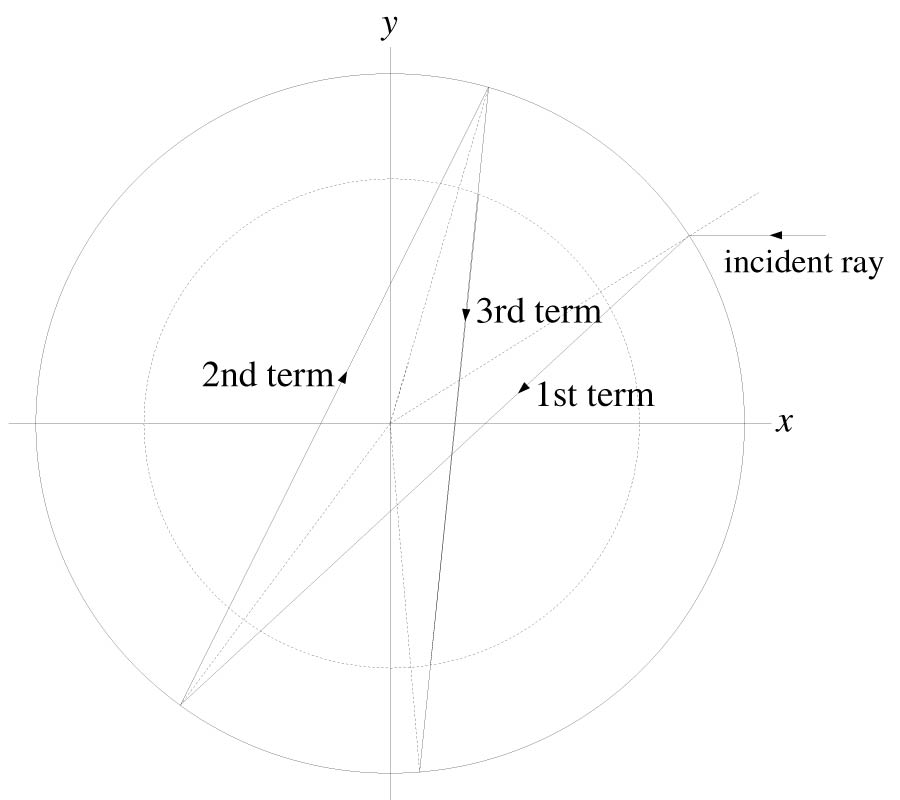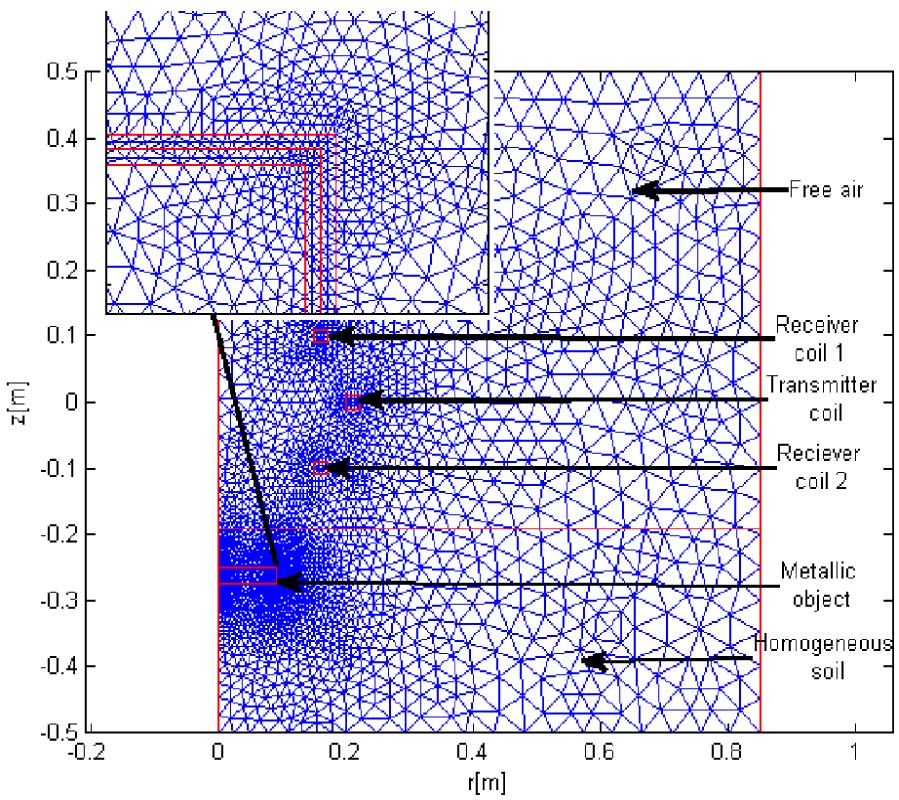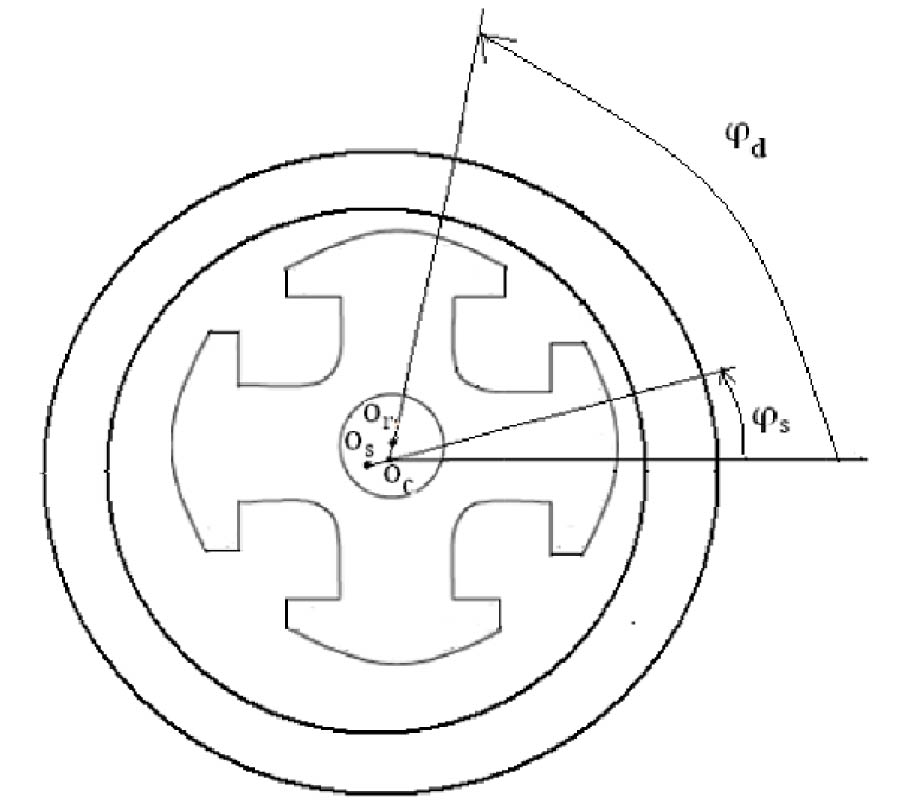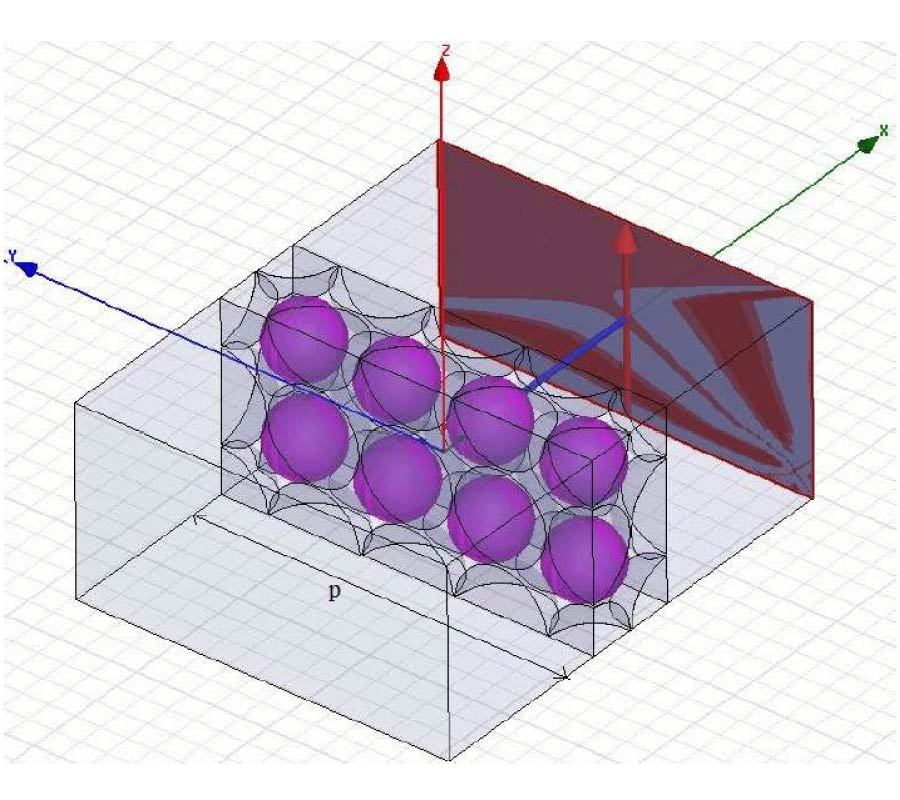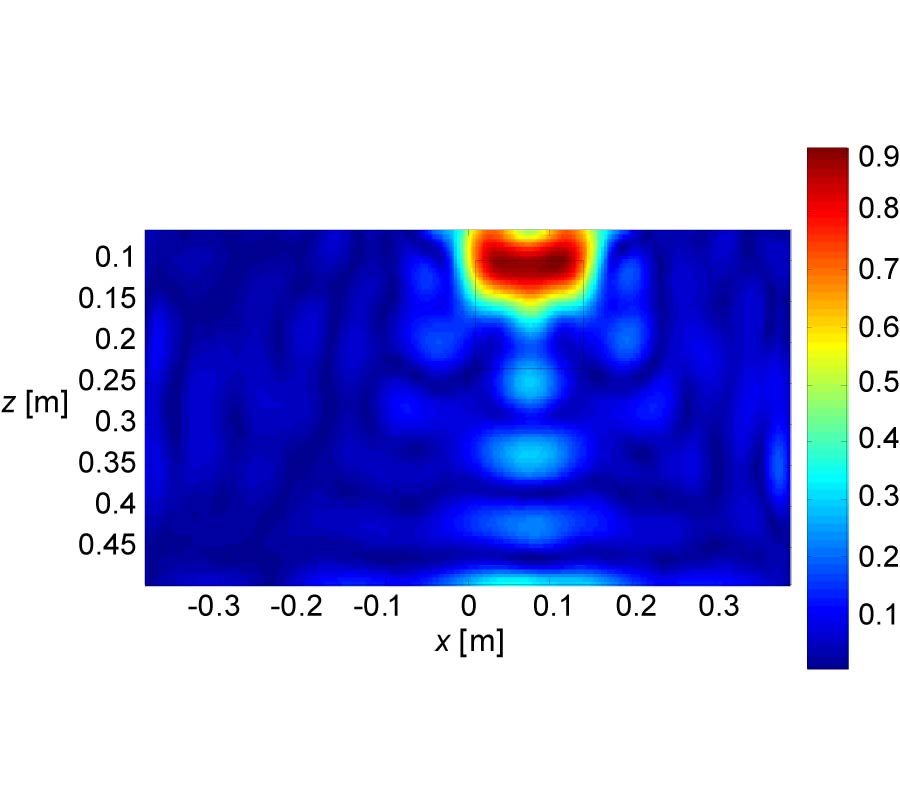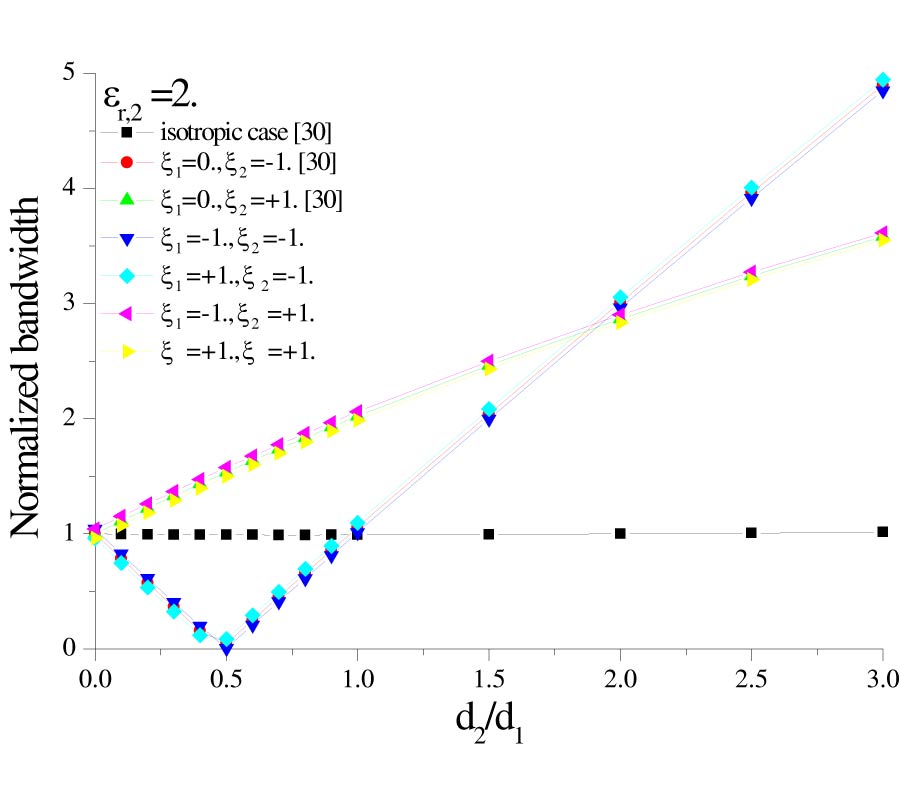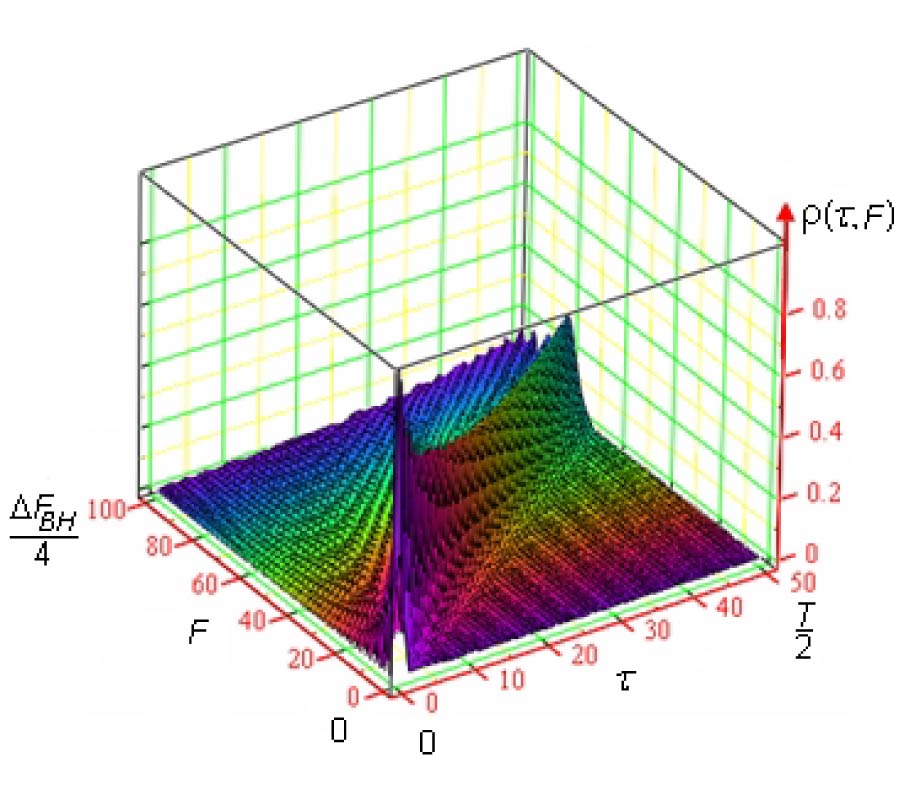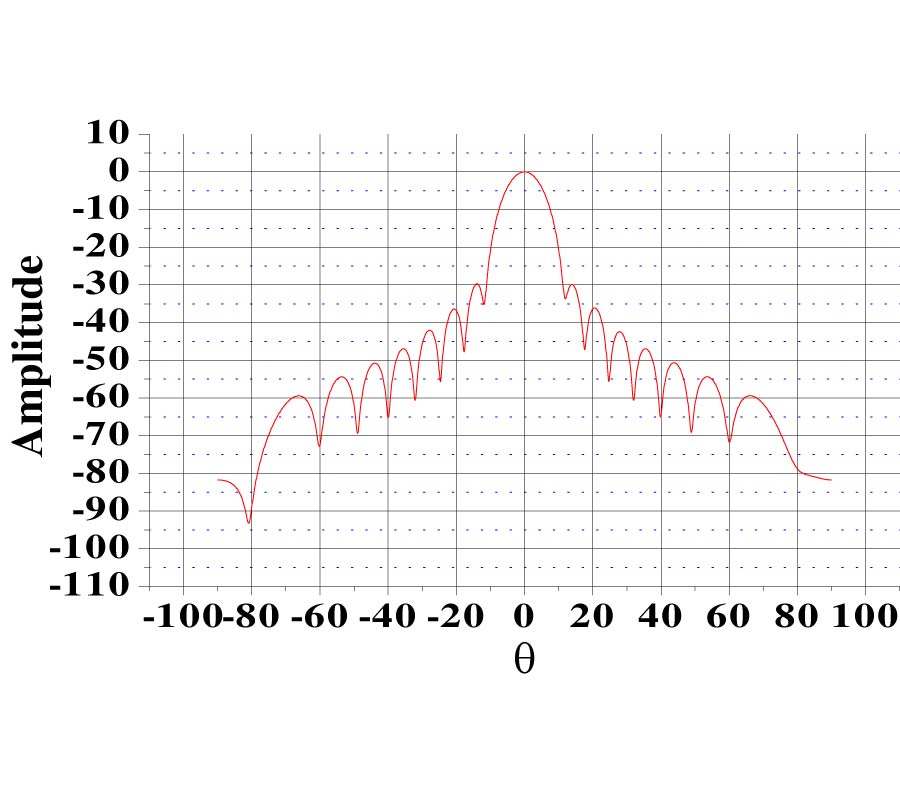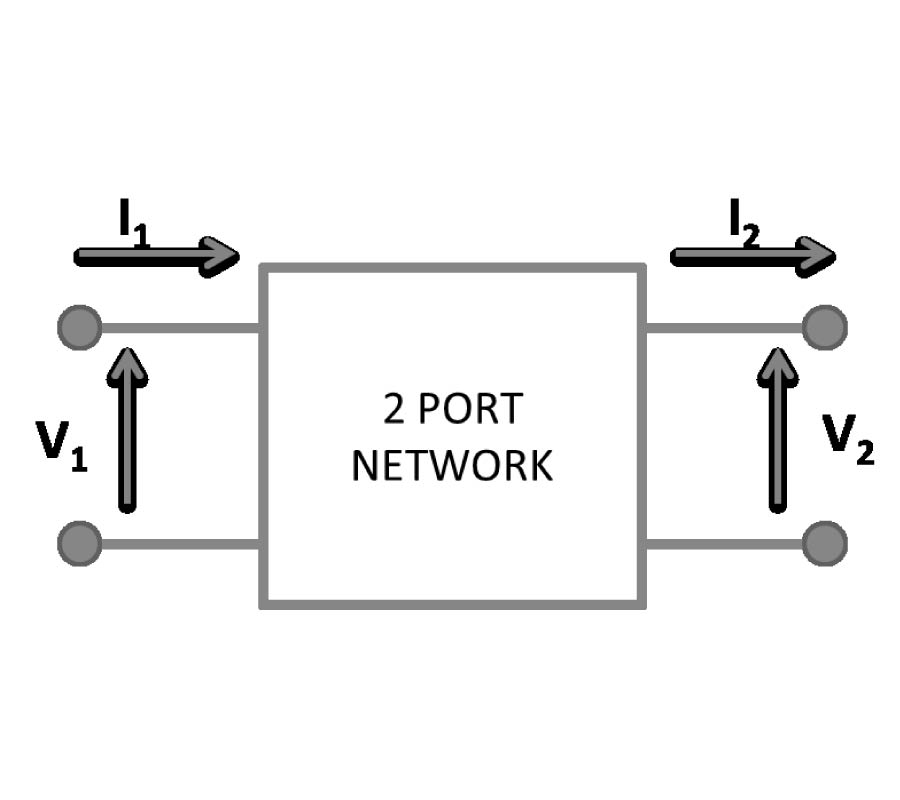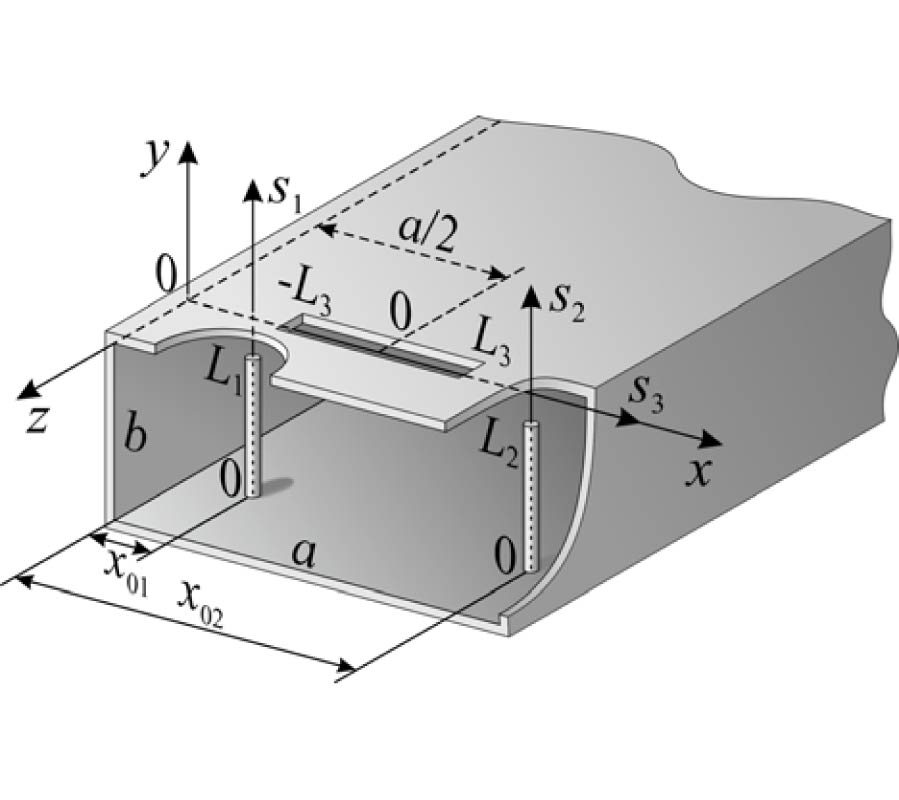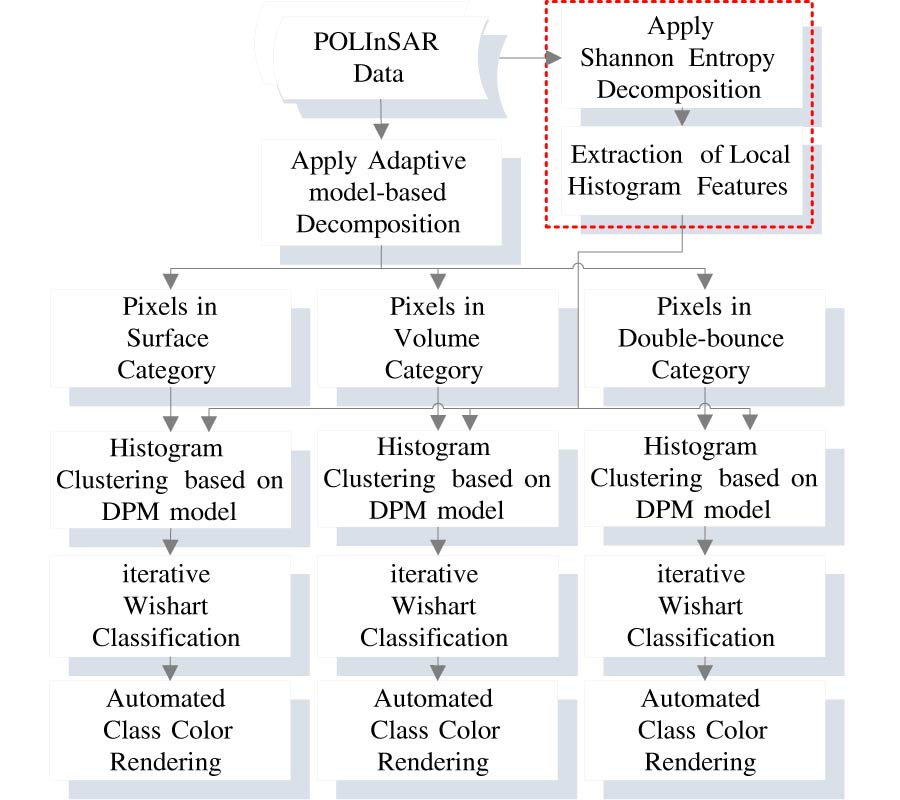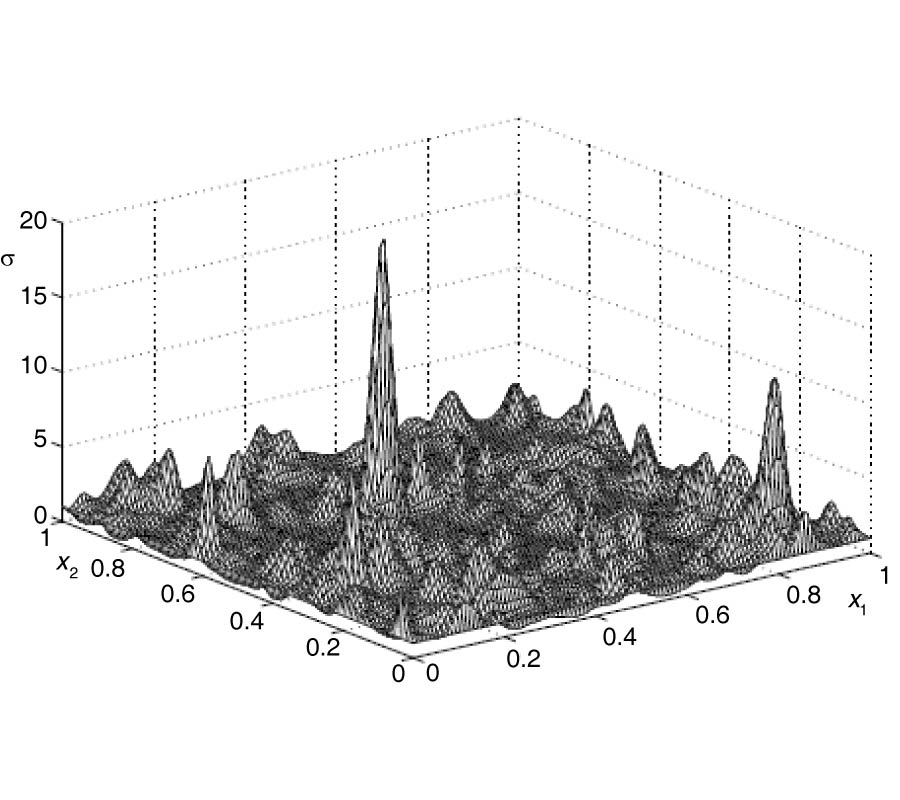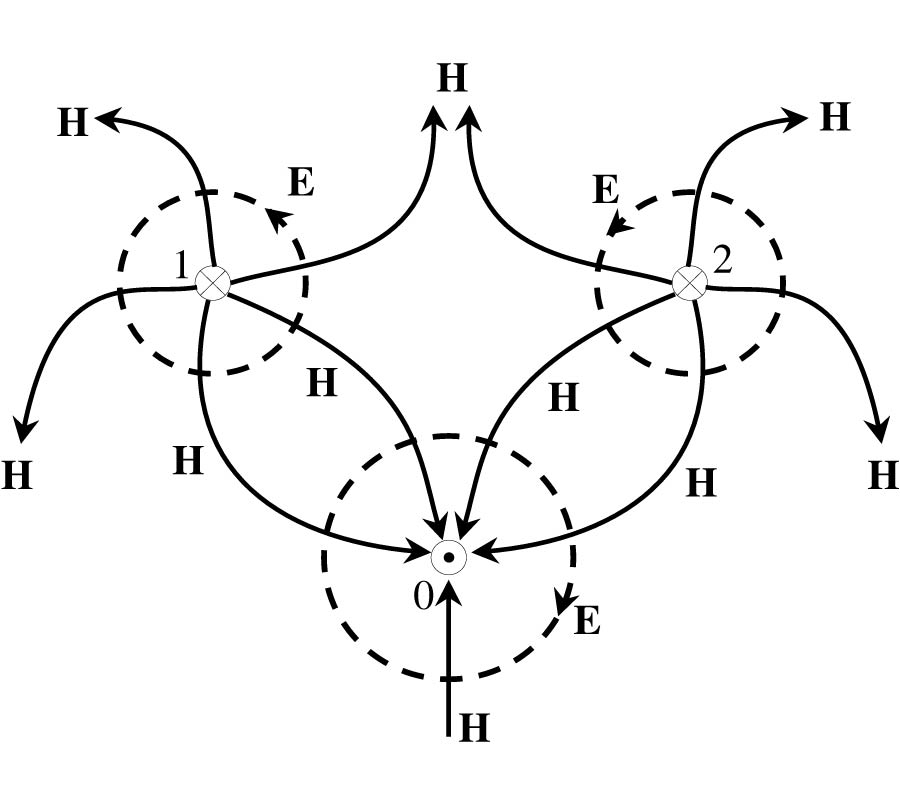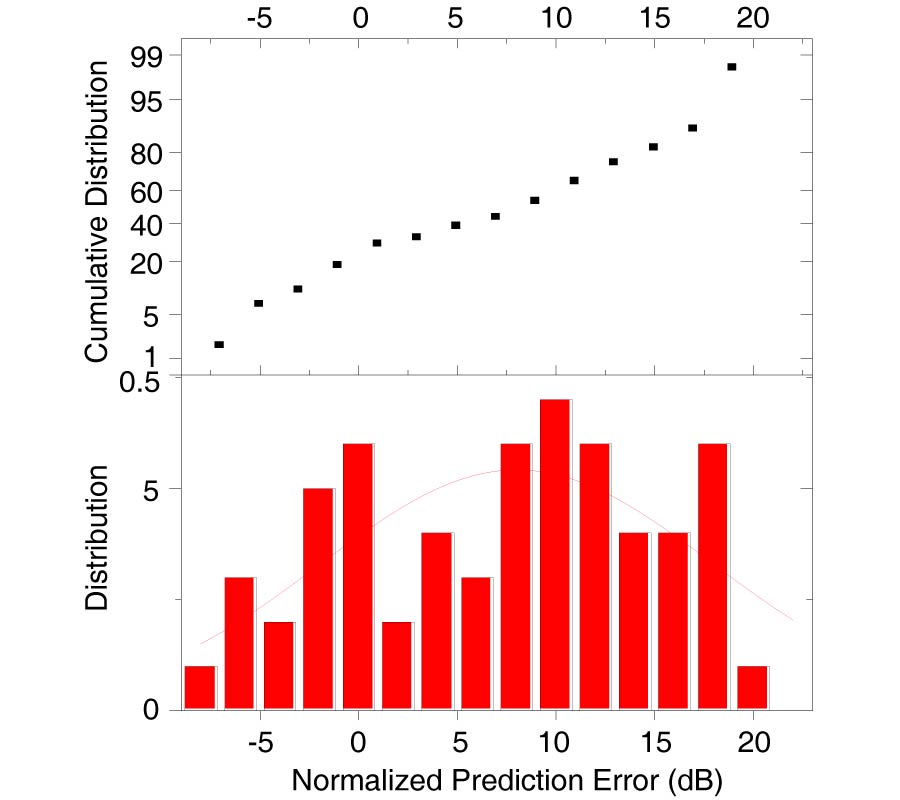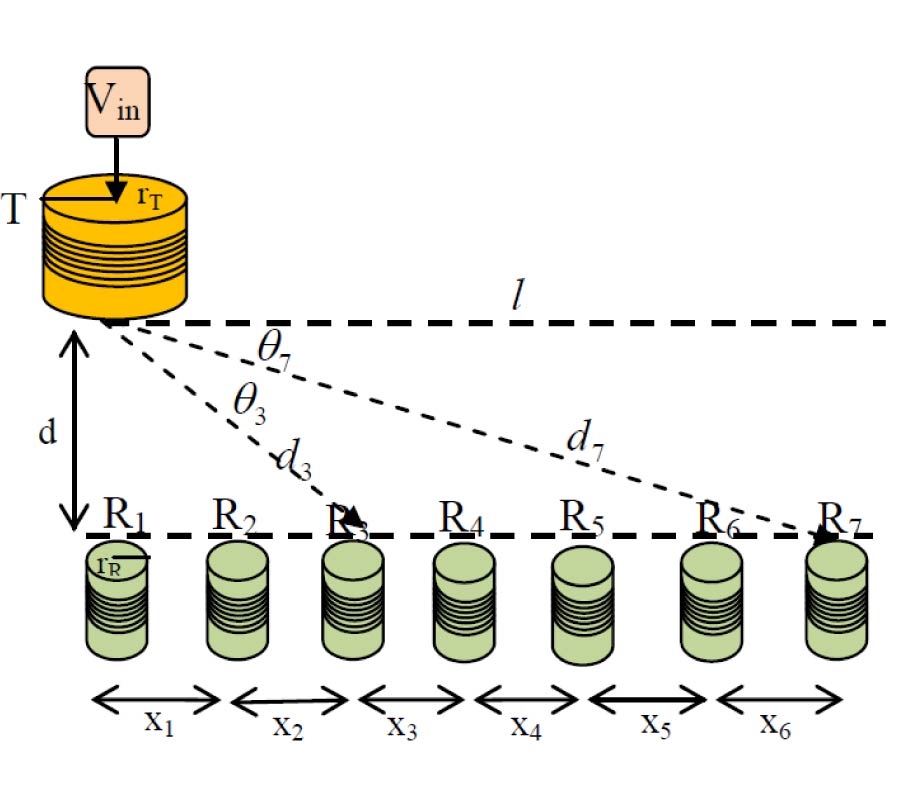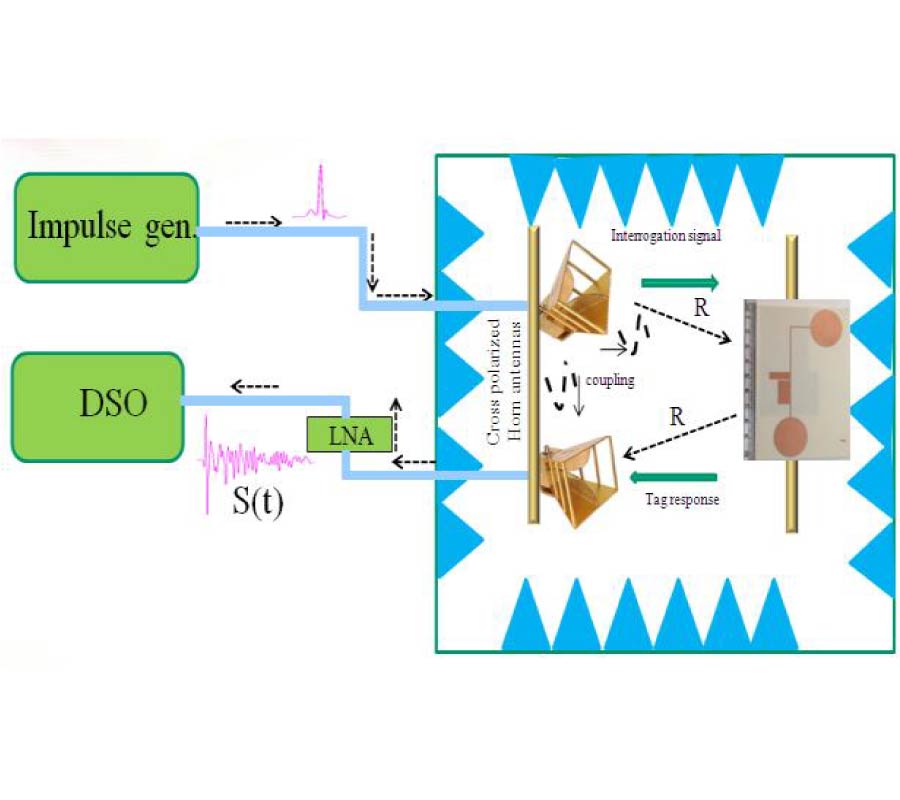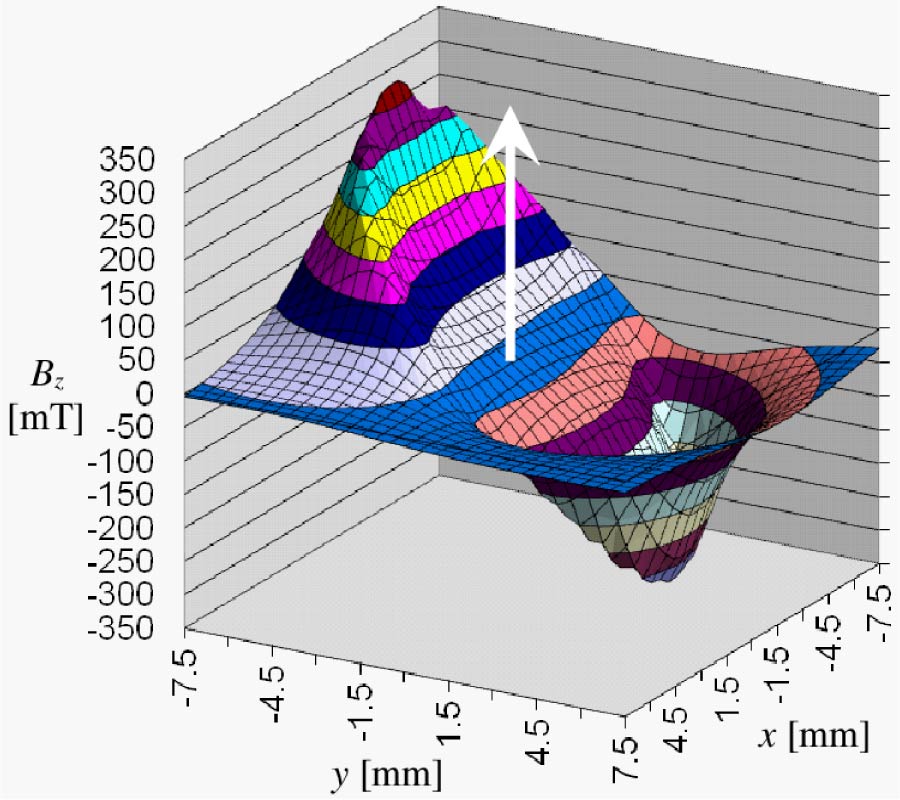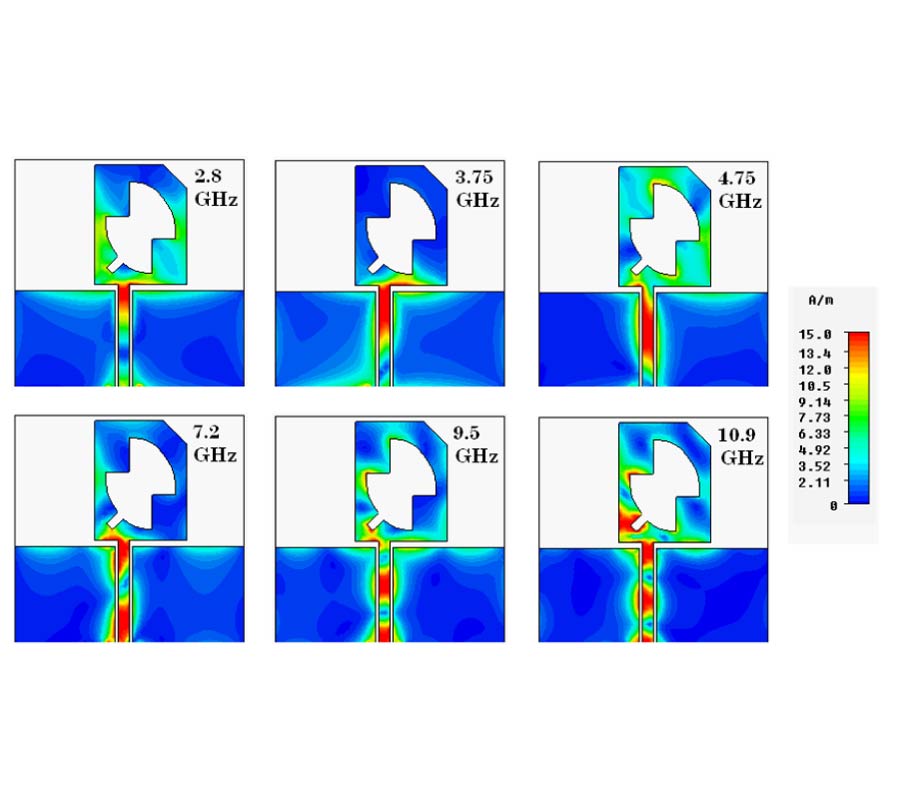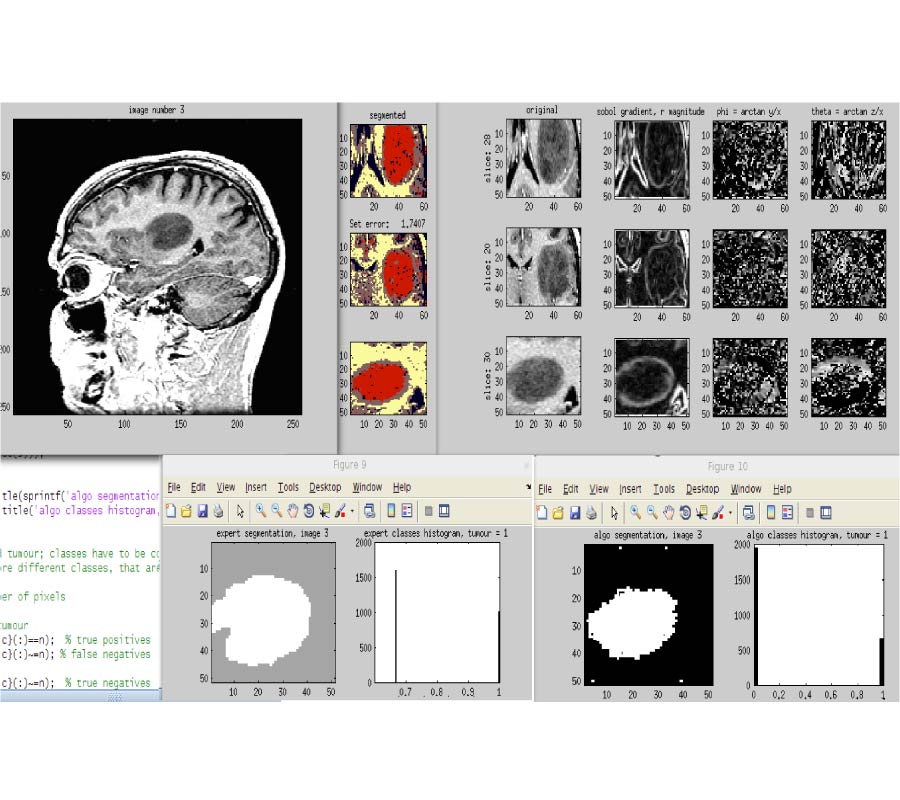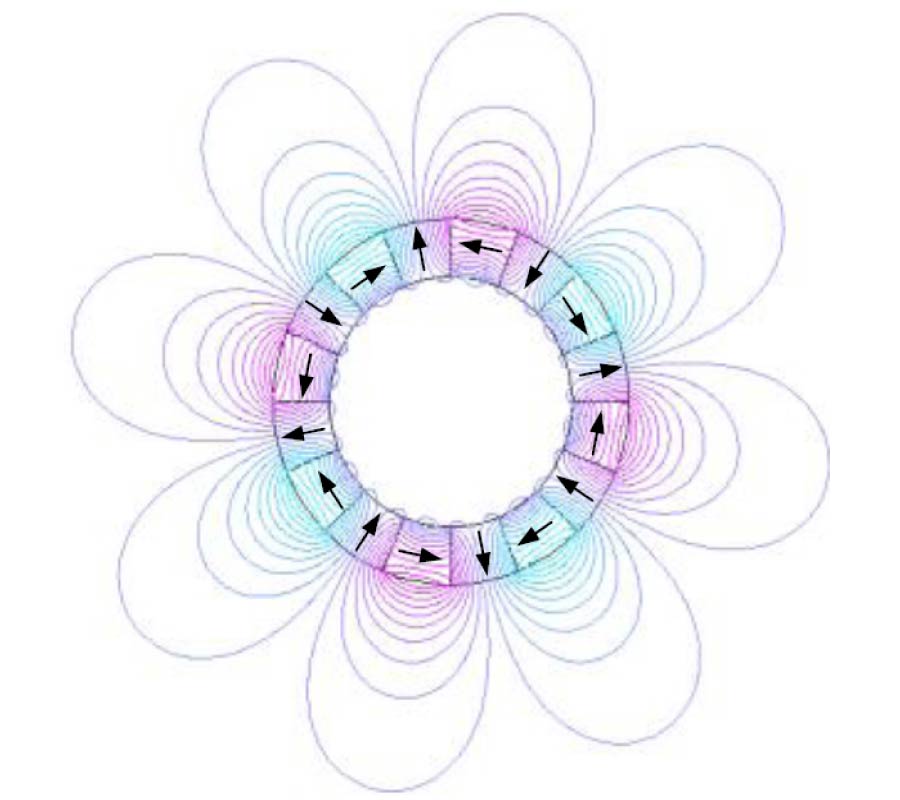On the Study of Empirical Path Loss Models for Accurate Prediction of TV Signal for Secondary Users
Nasir Faruk,
Adeseko Ayeni and
Yinusa Ademola Adediran
Demand for wireless communication technologies and systems keep increasing and has reached the peak where the capacity can only be achieved by improving spectrum utilization. The spectrum allocated to TV broadcast systems can be shared by wireless data services through exploiting spatial reuse opportunities (Spatial TV white space). Path loss models are used extensively in signal prediction, coverage optimization and interference analysis. Recently, it is being used in estimating distances for safe operation of secondary users in TV white space. Peculiarities of these models give rise to high prediction errors when deployed in a different environment other than the one initially built for. It is however not very clear which model gives the best fit and what the penalties are for using the models outside the intended coverage area. In this paper, we assess the fitness of nine empirical widely used path loss models using five novel metrics to gauge their performance. In order to achieve this, field strength measurements were conducted in the VHF and UHF regions along six different routes that spanned through the urban, suburban and rural areas of Kwara State, Nigeria. A program was developed in VB 6.0 language to compute the path losses for the empirical models. The measurement results were converted to path losses and are compared with the model's prediction. The results show that no single model provides a good fit consistently. However, Hata and Davidson models provide good fitness along some selected routes with measured RMSE values of less than 10 dB. ITU-R P.1546-4, Walfisch Ikegami (WI), Egli, CCIR and FSPL perform woefully, with higher RMSE and SC-RMSE (Spread Corrected RMSE) values. Further analysis on the error spread as a function of distance along 60 km route revealed that Hata and Davidson models show symmetry up to about 30 km with slight divergence between 24 km and 30 km, after which Davidson model gives lower prediction error along the route. The prediction errors for Davidson model distributes nearly symmetrically around the mean error of 2.15 dB. It is noteworthy that the Gaussian error distribution within the window of ±5 dB dominates the frequency counts. However, the error counts for CCIR model closely follow normal distribution with a mean error of -6.37 dB but Hata, FSPL, Walfisch Ikegami and ITU-R P. 529-3 models do not follow normal distribution curve.
